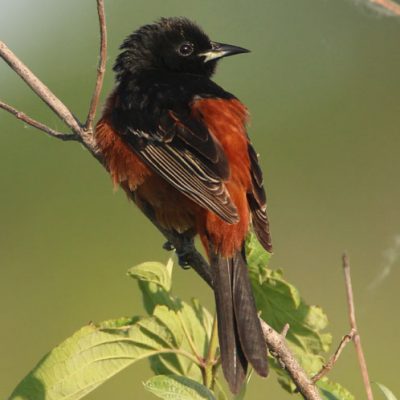Spring Migration Count























The Johnson County Spring Migration Count is held each year on the second Saturday in May. The goal is to enjoy a day of birding at the peak of spring migration while tallying the number of species and individual birds found in Johnson County. We track our results to look at local trends and patterns in migration. How are the numbers changing over time? What species are missing? Are there any rare migrants? We’ll answer all of those questions and more!


Our count had its origins in the North American Migration Count, a nationwide effort started in 1992 to monitor the distribution and abundance of migrant birds. It was held on a single day each year and organized at the county level. Publicized by various groups including Bird Watcher’s Digest, it quickly became a popular activity for local bird clubs. The Iowa City Bird Club held its first count on May 14, 1994, when five participants found 86 species. Our club has continued to hold the event annually, even after the nationwide program was discontinued. Rick Hollis was the compiler for the first three years, and Chris Caster has held that role since 1997. Participation continues to grow and reached an all-time high of thirty-nine birders in 2020. Our count average is 149 species, and the highest count was in 2018 with an incredible 175 species.
Birders of all experience level are welcome! Typically, participants are assigned to a small group with an experienced leader to cover a specified area. But due to the pandemic, this year participants will have the option to bird on their own or with a group. Participants may spend as many hours in the field as they wish—some start before sunrise and stay out until after sunset, while others bird only a few hours. Feeder watchers and backyard birders can help too. More volunteers are always needed to provide better coverage throughout Johnson County—which at 614 square miles is much larger than our Christmas Bird Count area of 225 square miles.


Spring migration is always an exciting time and almost anything is possible. Help us make it happen! Preregistration is required.To participate in a group, email leader Chris Caster in advance of count day at cjcaster@q.com. See the calendar for additional details.
